We sat down with Stefan Ph. Henrich to delve deeper into our ten years at the pinnacle of rallying
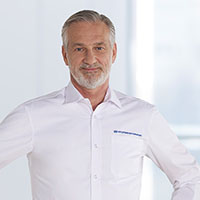 8,000m² of empty halls and a few machine tools left from the previous business. This was the sight that welcomed the first employees that entered the Alzenau premises in early 2013. Nonetheless, the air was filled with excitement. Hyundai Motorsport was just a white canvas, ready to be painted and become a masterpiece.
8,000m² of empty halls and a few machine tools left from the previous business. This was the sight that welcomed the first employees that entered the Alzenau premises in early 2013. Nonetheless, the air was filled with excitement. Hyundai Motorsport was just a white canvas, ready to be painted and become a masterpiece.
To reflect on this important moment in our history, we sat down with Stefan Ph. Henrich, Marketing and PR Director, to take us back to our roots, discuss the foundation of Hyundai Motorsport and our journey to the World Rally Championship (WRC).
Why did Hyundai Motor Company want to venture into the motorsport sector?
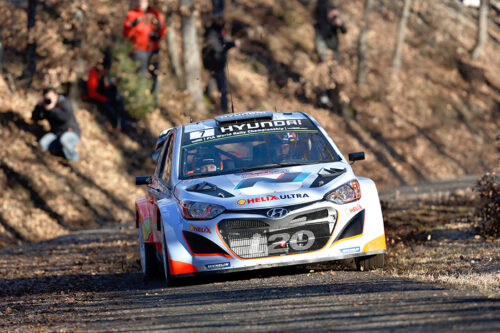 The decision has its routes back in the establishment of Hyundai Motor Europe, which I joined in March 2001 and was one of just a handful of people. The organisation began to grow extremely quickly, and we soon had to move from our original building in Russelsheim into a new location with the European Research, Development and Design center.
The decision has its routes back in the establishment of Hyundai Motor Europe, which I joined in March 2001 and was one of just a handful of people. The organisation began to grow extremely quickly, and we soon had to move from our original building in Russelsheim into a new location with the European Research, Development and Design center.
Alongside the growth of the organisation, Hyundai’s volume and relevance in the European car market began expanding at an equal pace. This lead to the opening of the first European factory in Nosovice, Czech Republic in 2008.
Hyundai began to shift its focus to becoming an industry leader in both its design and service offering. The company simultaneously wanted to bring to the forefront a “fun to drive” feeling and the desirability of the cars with a high-performance offering. To amplify this, they believed establishing themselves in the motorsport sector was an essential – leading to the birth of Hyundai Motorsport.
We entered our first WRC season in 2014 at Rallye Monte-Carlo, proudly showcasing the “N” logo for the first time. N-brand road cars did not exist at this point in time, so our first-generation rally cars acted as a teaser for what was to come. The first launch of an N-line road car took place a few years later.
What challenges did you face when Hyundai Motorsport was first established?
When the decision to enter the WRC was made, we had nothing but empty halls and a team to be built from scratch. In hindsight, this was a blessing in disguise because we had a blank canvas to work from, allowing us to structure ourselves in the best way possible before our debut at the pinnacle of rallying.
We were able to attract top talent from well-established teams. We could count on people from a a huge variety of backgrounds and every motorsport discipline; the likes of Formula 1, the World Endurance Championship, WRC, Dakar Rally. They were able to give us the advantage of years of experience and knowledge within a brand-new operation.
Despite this, to set up a WRC team, you also need time to plan and to seek special equipment, as well as time to train people. That was the key challenge for us as we had no time to lose – we wanted to make our mark quickly.
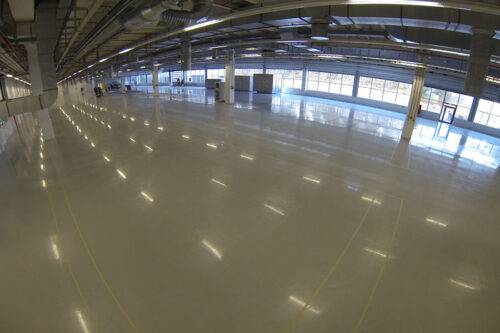
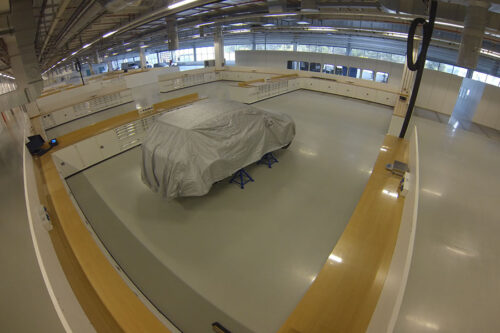
Why WRC?
The first reason is that the series is based on road-going models, so there’s a product relevance in the individual markets. Another key point is that the events take place on real road conditions and not on synthetic racetracks.
This means you test the car under numerous conditions: from -20° in the snow in Sweden to +40° on the tarmac in Italy. You face different altitudes as well as different temperatures and surfaces.
This sport represents the hardest mix in term of performance versus endurance. It is not a race that lasts one or two hours with a start-to-finish line.
Usually, rallies run from Thursday to Sunday and cover more than 300km of timed stages where crews are on maximum attack, with up to 1.200km on roads that connecting the stages and service park. It is a true test of man and machine.
What has been your favourite memory so far at Hyundai Motorsport?
One of the highlights was when we saw our hospitality unit in Monte-Carlo for the first time. While the technical departments worked day and night to get the cars ready for the premiere, my team was working on the first-ever appearance of Hyundai Motorsport in the WRC world.
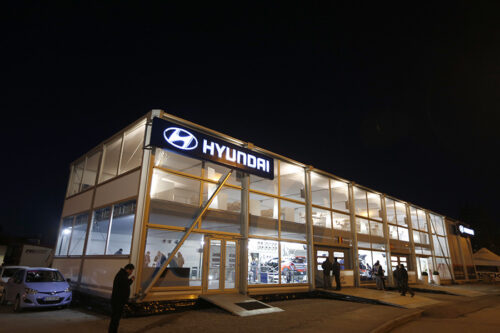 Alongside one of the most experienced hospitality suppliers, we developed a full modular indoor concept which included the technical service area, hospitality, team management offices, interview and meeting rooms as well as guest and media zones. This became a ‘home-away-from-home’ for the entire on-site team.
Alongside one of the most experienced hospitality suppliers, we developed a full modular indoor concept which included the technical service area, hospitality, team management offices, interview and meeting rooms as well as guest and media zones. This became a ‘home-away-from-home’ for the entire on-site team.
It is definitely a bittersweet memory, as our first rally in Monte-Carlo was not an easy one for us. It was only 15 months between the company’s decision to enter WRC and our first stage of a rally. We knew we would have a lot of learning-by-doing throughout the first season.
Despite these challenges, we achieved our first podium at the third event of our first season. In Mexico, thanks to the hard work of the team, and Corona’s fortuitous sponsorship of the event, we achieved a 1-2 podium with Thierry and Dani at Rallye Deutschland against the local heroes of Volkswagen. If you don’t know the story of Thierry’s ingenious use of his podium prize, it’s worth finding out!
What significant partnerships and collaborations were crucial in the initial setup of Hyundai Motorsport?
When we started in 2014, we had several challenges related to the timeline, such as getting the right people on board and building a fast and reliable car. What helped us in supporting these targets was having the right partners by our sides. Our sponsors were able to support us on a technical level, too.
Shell, for example, has been a global partner of the Hyundai group for a very long time and the company was able to help us with the reliability of the engine thanks to their lubricants and cooling liquids. Hyundai Mobis is a worldwide known player specialised in auto parts. We also had Hyundai Steel and Hyundai WIA, part of the Hyundai group, who helped us with their expertise in building a reliable and fast car.
As a WRC team, how do you establish and retain a consistent fanbase?
WRC is a complex competition given format of a weekend, however, just like any other sport, seeing is believing. You can follow the event on TV and social media, but nothing compares to when you witness it unfold in front of your eyes.
This is why from the very early start we tried to involve and engage our local organisations to bring people, partners, employees and fans to the stages; they needed to have that real-life experience to see what the WRC was really about. On the other hand, knowing that WRC is not the most accessible form of motorsport in terms of broadcasting, we started investing quite early in our social media presence. We were one of the first WRC teams to create a TikTok account, and we use this channel to target a new generation of fans with a modern, alternative style of communication.
-01.png)

